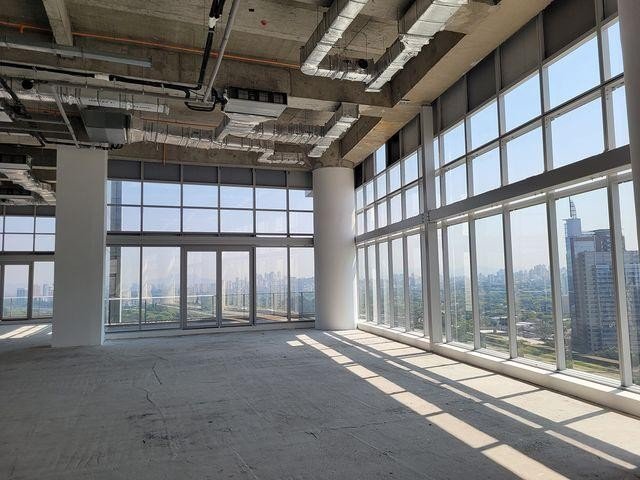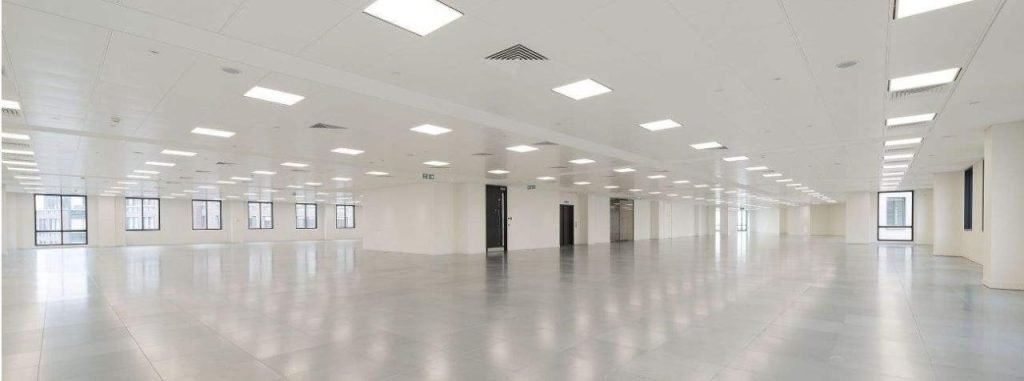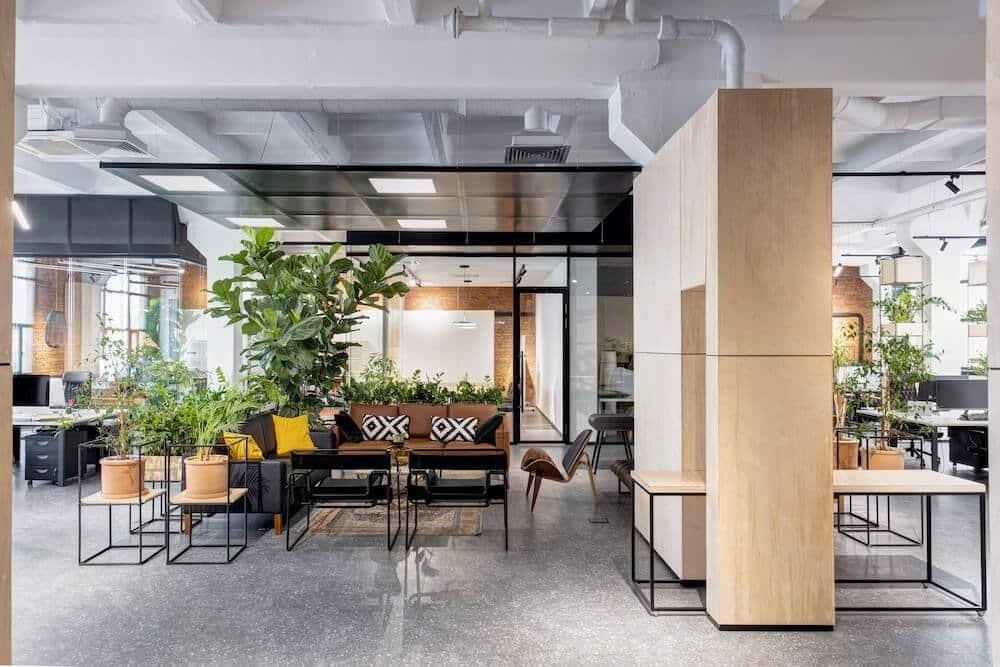Commercial Space Fit-Out: Key Phases for a Smooth Construction Process
The base or current interior fit-out is typically categorized as: Shell & Core
It is a basic, simple building with walls, cladding, a base plant, and bathrooms.

Cat A Fit-Out

Raised floors and suspended ceilings, the distribution of MEP services, and internal surface treatments often make up a category A fit-out. In essence, it is a completely functional yet empty room.
Cat B Fit-Out

Commercial Space Fit-Out: Key Phases for a Seamless Construction Process
When setting up a commercial space, ensuring a smooth and efficient fit-out process is essential. Most commercial properties come equipped with fully functional kitchens, essential facilities, partitioning, fixtures, ceiling designs, flooring, wall finishes, and even staircase installations. Some may also include pre-furnished elements.
Key Phases of a Commercial Space Fit-Out
1. Authority Approvals
To conform to building regulations, the required permissions must be obtained from local authorities prior to starting any development.
2. Site Mobilization
This phase involves detailed planning and execution for transporting workers, tools, materials, and other necessary resources to the project site.
3. If any structures or installations do not fit the new design, they must be removed. This process includes dismantling outdated mechanical, electrical, and interior elements, such as partitioning and old fittings.
4. Civil and MEP Works
MEP (Mechanical, Electrical, and Plumbing) and civil work are essential to the commercial space’s structural soundness and operation. MEP systems incorporate vital utilities including HVAC, power, lighting, water supply, drainage, fire safety, and communication networks, while civil works define the building.
5. Ceiling Design
The ceiling plays two purposes: it is aesthetically pleasing and useful. Accessories such as sprinkler systems, speakers, smoke detectors, and lights can be installed on exposed or suspended ceilings, improving both safety and aesthetics.
6. At this stage, the space starts to reflect the design vision. Flooring, partitioning, branding, and painting add the finishing touches, creating a polished and professional look.
7. Joinery & Woodwork
Joinery is the art of creating handmade furniture, doors, window frames, and stairs out of wood that fits precisely. Durability and a sophisticated appearance are guaranteed by high-quality joinery.
8. Performance Certification & Project Completion After all installations, experts conduct final inspections. Once the project meets safety regulations and building standards, authorities issue a completion certificate, officially marking the project’s success.